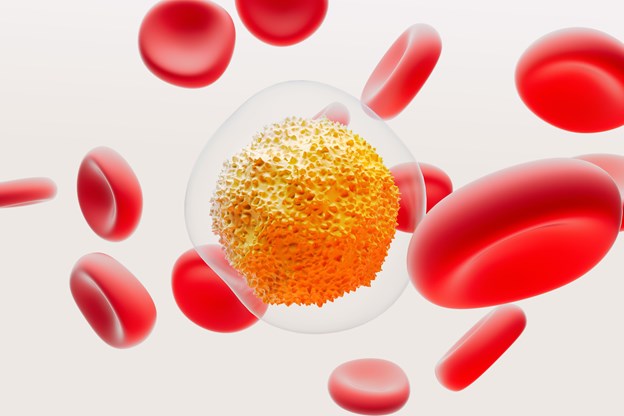Understanding the Complex Relationship between Diabetes, Race, and Multiple Myeloma Survival
Patients diagnosed with multiple myeloma, a blood cancer that originates in plasma cells within the bone marrow, face reduced overall survival when diabetes is also part of their medical profile, according to the findings of a recently published study in Blood Advances.
Surprisingly, this disparity in survival due to diabetes is observed predominantly in white patients, while it doesn’t manifest in Black patients. This novel research delves into the intersection of diabetes, race, and multiple myeloma survival, shedding light on previously unexplored disparities.
Tip: Please fill out this form to determine whether or not you or a friend are eligible for a CGM and, Also learn about Diabetes Management
The Diabetes Dilemma in the United States
According to the Centers for Disease Control and Prevention, 13% of people in the United States have diabetes.
population and its prevalence continues to rise. Concurrently, multiple myeloma ranks as the second most common blood cancer in the country, with a notable impact on non-Hispanic Black adults, for whom it stands as the most frequent blood cancer.
While the medical community has long recognized the elevated risk of multiple myeloma in individuals with diabetes, this study marks the first attempt to discern racial discrepancies in survival rates within this specific cohort.
More Information About Glucose tracking outside intensive care units
Dr. Urvi Shah, a multiple myeloma specialist at Memorial Sloan Kettering Cancer Center, underscores the significance of this investigation:
“We knew from prior studies that patients with multiple myeloma and diabetes have lower survival rates. However, what we did not know was whether or not these outcomes varied according to racial demographics. Because diabetes affects a disproportionately higher number of black people compared to white people, our research team was interested in determining “whether this difference may play a role in health outcomes among patients who have both conditions.”
The Research Approach
Researchers conducted a retrospective study, analyzing electronic health records of 5,383 multiple myeloma patients from two prominent academic medical centers: Memorial Sloan Kettering Cancer Center and Icahn School of Medicine at Mount Sinai. Within this cohort, 15% of patients had a diabetes diagnosis, with a notable variation between racial groups, accounting for 12% of white patients and 25% of Black patients.
Across the board, the study found that individuals with multiple myeloma and diabetes experienced poorer survival outcomes compared to those without diabetes.
Read Guide about Wegovy Dosage Guide: The Best Way For Weight Loss
However, upon closer examination of the data by race, a surprising trend emerged. While white patients with both conditions exhibited lower survival rates than those without diabetes, this pattern did not hold true for Black patients.
Must Read About A Simple Fingerprick Test Offers Hope for Millions
Unraveling the Mysteries: Mechanisms at Play
Dr. Shah and her colleagues delved deeper into the mechanisms underlying these observations. They examined genetically engineered mouse models, revealing that multiple myeloma tumors grew more aggressively in non-obese diabetic mice compared to non-diabetic counterparts. Further investigation pinpointed an overactivation of an insulin-related signal in diabetic mice, suggesting that elevated insulin levels associated with diabetes might accelerate cancer growth.
Potential Implications for Patient Care
Considering the implications of these findings, Dr. Shah suggests a dual approach to treatment: addressing both multiple myeloma and diabetes concurrently. She believes that managing diabetes alongside multiple myeloma therapy could potentially yield improved patient outcomes.
It’s important to note that this study is retrospective and does not consider the impact of the quality of diabetes care on survival outcomes—a factor Dr. Shah intends to explore further in future research. Additionally, self-reported race and the limited scope of academic centers where patients were referred for care are among the study’s limitations.
In the ongoing quest to improve patient survival, Dr. Shah and her colleagues aim to identify therapies targeting the development of multiple myeloma and the suspected overactive insulin signaling pathway in individuals living with both conditions.
Furthermore, their research delves into modifiable risk factors, such as the microbiome and dietary choices, that could be altered to enhance cancer outcomes, emphasizing the synergy between treatments and lifestyle changes.


